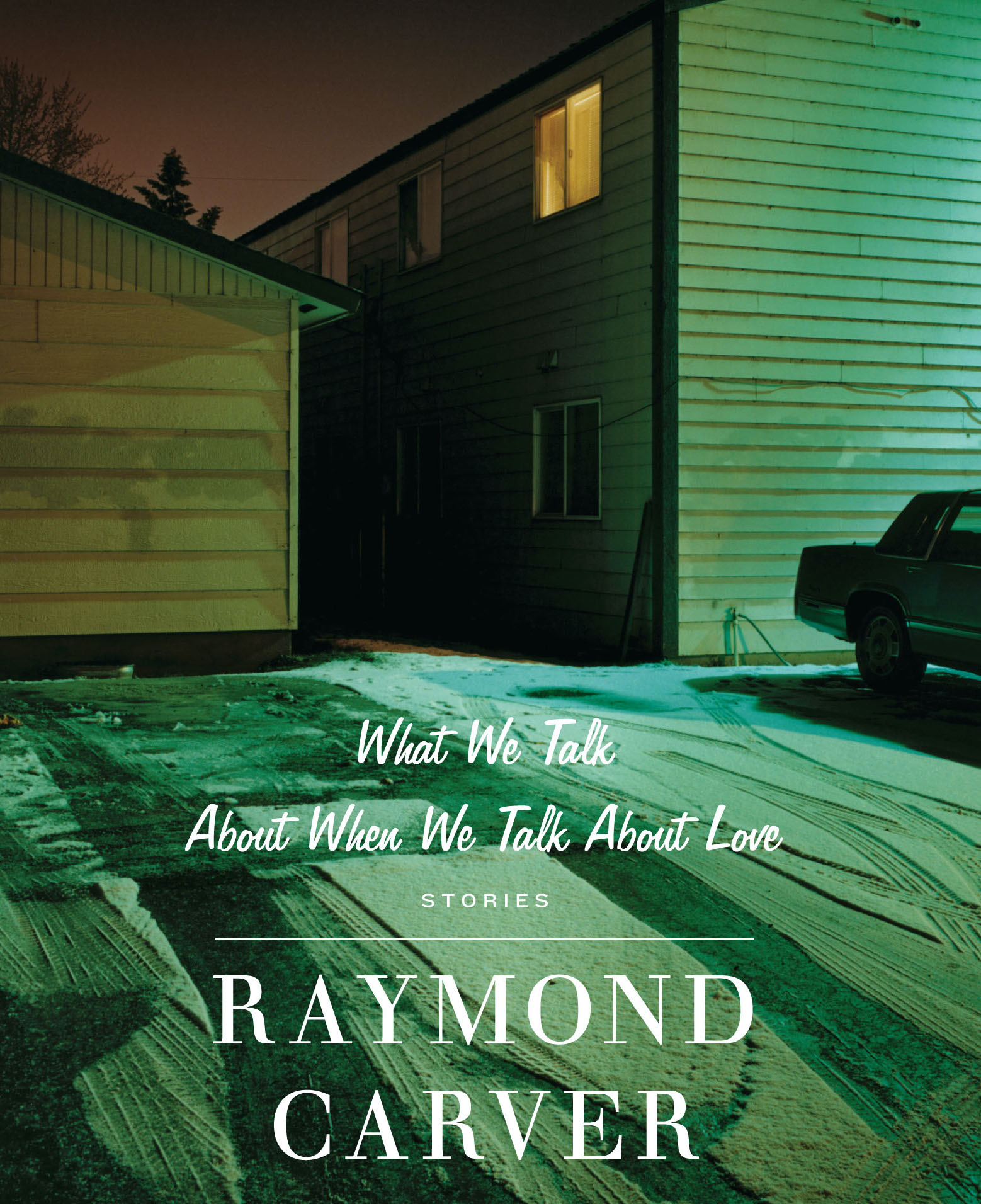This is the bleakest of Raymond Carver’s short story collections; dark, polished gems. But it also has, to my mind, the highest ratio of unforgettable stories and scenes that will linger in the memory long years after reading them.
A man’s life laid out on his front lawn in a yard sale; the birthday boy in hospital after a car accident while a baker telephones seeking payment for the uncollected cake; a couple’s last, desperate binge; the woman who discovers her husband and his friends continued their fishing expedition after finding the body of a murdered woman in the river. (This last, “So much water so close to home” even inspired a great Paul Kelly song.)
Death, loss and betrayal are closer to the surface, even, than they had been in his first work Will You Please Be Quiet, Please?. The stories of course marry Carver’s plain style with rich and ambiguous resonances. In the case of one of these stories, “Popular Mechanics”, I found this concussive ambiguity a little forced, but for the most part it is pitch perfect.
“Viewfinder”, for example, begins with a sharp declarative: “A man without hands came to the door to sell me a photograph of my house.” Intriguing, of course, but just the barest description.
However, it finishes with a scene that is almost emblematic of what Carver does. Standing on the roof of the house and finding it strewn with stones thrown by local kids, the homeowner starts hurling the rocks as far as he can, seeking to have his photo taken. The action is both an outlet for sublimated violence and frustration and, somehow, a symbol of liberation and new possibilities for these two men. Which is simply to say that the bleakness that so many have rightly read in Carver, and for which some have even condemned him, is not all there is to his work.
‘Ready?’ I called, and I got a rock, and I waited until he had me in his viewfinder.
‘Okay!’ he called.
I laid back my arm and I hollered, ‘Now!’ I threw that son of a bitch as far as I could throw it.
‘I don’t know,’ I heard him shout. ‘I don’t do motion shots.
‘Again!’ I screamed, and took up another rock.
Carver’s narrative approach is also perfectly captured in the metaphor of the viewfinder. Short snapshots of life, capturing a moment of action, without introduction or resolution. Leaving the reader to fill in context and conclusion.
Finally, among all the stories I could rave about, I just have to mention “The bath”, particularly because of the way Carver reworked the story into “A small, good thing” in his later collection, Cathedral. Its a masterful piece of plain prose and emotional distancing that builds its charge over just a few short pages. It is the stuff of nightmares: a plan to buy a birthday cake, a car accident, a child in hospital, ambiguous and menacing phonecalls.
Saturday afternoon the mother drove to the baker in the shopping center.
The characters are not named at any point by the narrator, they are simply “the birthday boy”, “the mother”, “the father” and “the baker”.
We only learn the birthday boy is called Scotty because this is what will be spelled out in icing on the spaceship cake the mother purchases. The mother herself – in an attempt at forming some connection with another desperate parent in the hospital – offers her name to the man, only to have the attempt rebuffed, as anxiety and fear have constricted his circle of concern to just his own child.
“The bath” is one of those stories, among many other of Carver’s stories that have a similar effect on me, in which I go from beginning to end in what seems like one, urgent, stopped breath.




